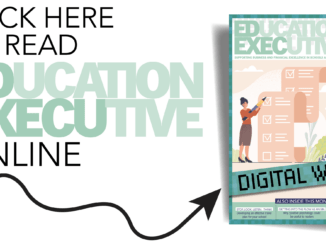
How school leaders can manage their pupil premium funding and what level of accountability the DfE expects
As part of the pupil premium allocations and conditions of grant for 2021 to 2022, schools are now required to:
- demonstrate, from the next academic year, how their spending decisions are informed by research evidence (condition 7)
- use the strategy statement templates to publish their pupil premium strategy (condition 8)
Effective use of funding
This section will help you identify the most effective ways your school can use the pupil premium.
You do not have to follow this advice, except where there’s a legal requirement, such as:
- regulations
- funding agreements
- the conditions of grant
- reporting
- overpayments
The National Foundation for Educational Research has recommendations for school leaders on raising disadvantaged pupils’ attainment.
Use a tiered approach
You may find focusing on just three areas of activity is most effective at narrowing the attainment gap. This tiered approach combines:
- staff development to improve teaching targeted academic support
- wider strategies that support readiness to learn
Read EEF’s pupil premium guide for detailed information on the tiered approach, including strategies, case studies and research on effective use.
The EEF Big Picture has evidence and resources that look at high priority issues for schools.
Wider school strategies (readiness to learn)
Although the main aim of the pupil premium is to raise attainment, you can spend your pupil premium on:
- non-academic outcomes, such as improving pupils’ mental health
- non-academic improvements, such as better attendance
- activities that will also benefit non-eligible pupils
Ofsted will look at this non-academic provision and readiness for life as part of your inspection.
Disadvantaged pupils with high attainment
Funding is not based on attainment and you’ll get the pupil premium if your pupils meet the eligibility criteria.
Evidence shows that disadvantaged pupils with high attainment are especially at risk of under-achievement.
Request a review
You can request a pupil premium review to help you identify more effective ways to spend your pupil premium.
You do not have to spend your pupil premium so it solely benefits eligible pupils. For example, you can spend it on pupils who do not get free school meals but:
- have or have had a social worker
- act as a carer
In EEF’s pupil premium guide, alongside targeted academic programmes, EEF recommends you focus on improving:
- teaching quality
- wider strategies supporting readiness to learn
- Improving these areas will inevitably benefit non-eligible pupils as well.
Accountability
You must be transparent about how you spend your pupil premium so:
- parents, guardians can understand your pupil premium strategy
- governing bodies can see evidence-based practice so they can consider the rationale behind all pupil premium-related decisions
Auditing and accounting procedures
You should follow your school’s audit and accounting procedures about pupil premium spending. Neither DfE nor Ofsted will ask you for itemised records of how you’re using your pupil premium.




Be the first to comment